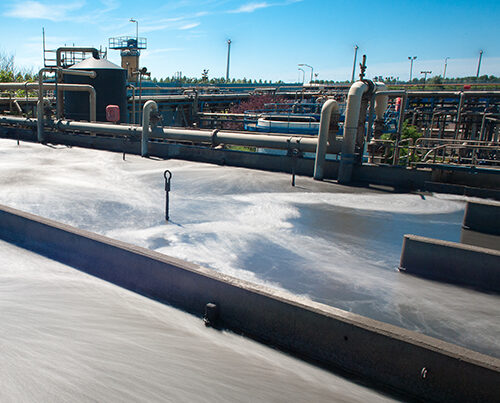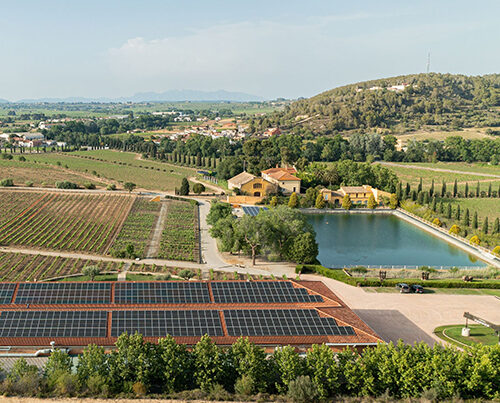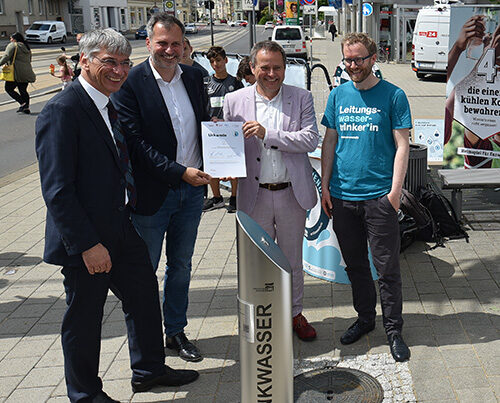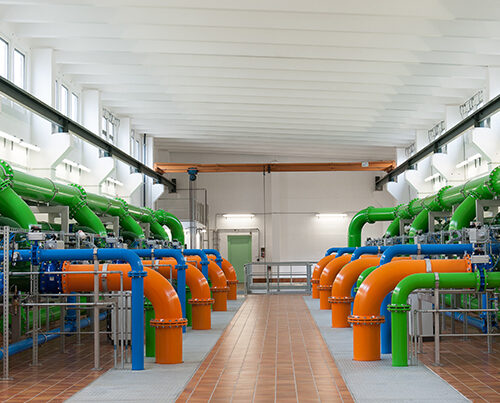New statutory conditions
Amendments made to two ordinances back in 2017 are having a major impact on how municipal sewage sludge is being recycled. These two ordinances are the ‘DüV’ [Fertiliser Ordinance] and the ‘AbfKlärV’ [Federal Sewage Sludge Ordinance]. The new statutory conditions are putting the market under increasing pressure.
Thermal treatment is growing all the time
These amendments are already impacting heavily on the market, primarily due to the increased demand for thermal treatment. This trend has been further bolstered by the marked fall in the volumes of sewage sludge being spread on agricultural land – a repercussion of the amendment to the Fertiliser Ordinance. Socio-political discussions about subjects such as nitrate levels in groundwater and drinking water, traces of pharmaceuticals, multi-resistant pathogens and microplastics are also tipping the balance. Experts are currently looking at how long the market can cope with this disproportionate increase in the volumes of municipal sewage sludge being sent for thermal treatment. They are certain that demand for thermal treatment will exceed the capacities available in Germany in ten years’ time at the latest.
Averting a crisis – keeping an eye on the future
Given the fact that capacities are limited, priority must be given to averting a bottleneck by building further thermal treatment facilities. While a number of new plants are, in fact, being built at the moment, their focus is entirely on thermal treatment and not at all on phosphorus recovery. According to experts, it will be extremely difficult – both from a technological and business point of view – to retrofit these facilities with phosphorus recovery systems. This could prove to be problematic in a few years’ time looking at the amendments that have been made to the laws. As the legislator has made it obligatory for phosphorus to be recovered from 2029 onwards, industry specialists believe there really is no other alternative but to design and build new thermal treatment plants that have a system to recover phosphorus from the incineration ash as an integral part of their concept.
REMONDIS Aqua believes sewage sludge recycling facilities will become an integral part of plant design. This includes the TetraPhos process as a central part of the system.
REMONDIS’ TetraPhos process is acting as a role model when it comes to recovering phosphorus and protecting the environment as it offers a viable and innovative system that already meets the future statutory requirements. The world’s first industrial-scale phosphorus recovery facility is currently being built at Hamburg’s sewage treatment plant and is a collaboration between HamburgWasser and REMONDIS. The project, for which the two partners founded the company Hamburger Phosphorrecyclinggesellschaft mbH, is also acting as a role model for other countries as well. It is due to be commissioned next year.
A detailed look at the changes
DüV amendments affecting sewage sludge
- Limits have been put on the amount of nutrients that may be spread on farms, which severely restricts sewage sludge being recycled on to land
AbfKlärV amendments affecting sewage sludge
- A blanket ban on sewage sludge being spread on land located in zone III water protection areas
- From 2029-2032: obligation to thermally treat sewage sludge from sewage treatment plants sized to handle wastewater from > 100,000 / 50,000 PE (population equivalent)
- From 2029: a general obligation to recover phosphorus from sewage sludge
- Steps will have to be taken to recover the phosphorus from sewage sludge with a phosphorus content of ≥ 20g P / kg dry matter (DM). If the sludge undergoes thermal treatment in a co-incineration facility, then its phosphorus content (before it is recycled) must be reduced to < 20g P / kg DM or at least by 50%. If the phosphorus is to be recovered from the incineration ash following thermal treatment in a mono-incineration system, then the recovery rate must be at least 80%
Image credits: image 1: Adobe Stock: macrovector












